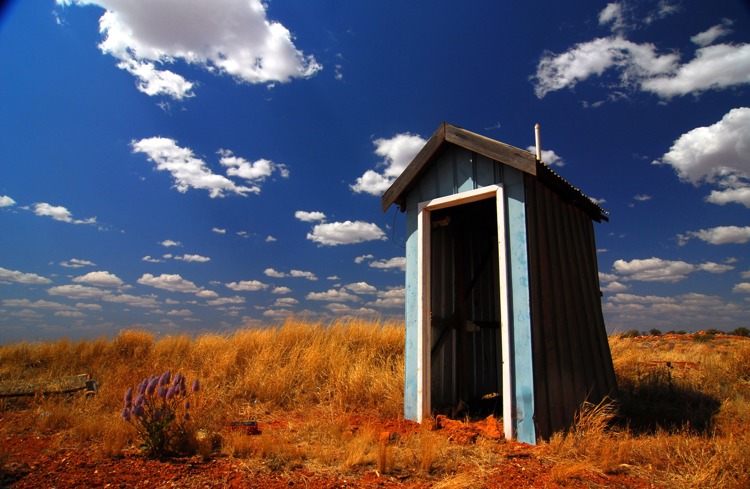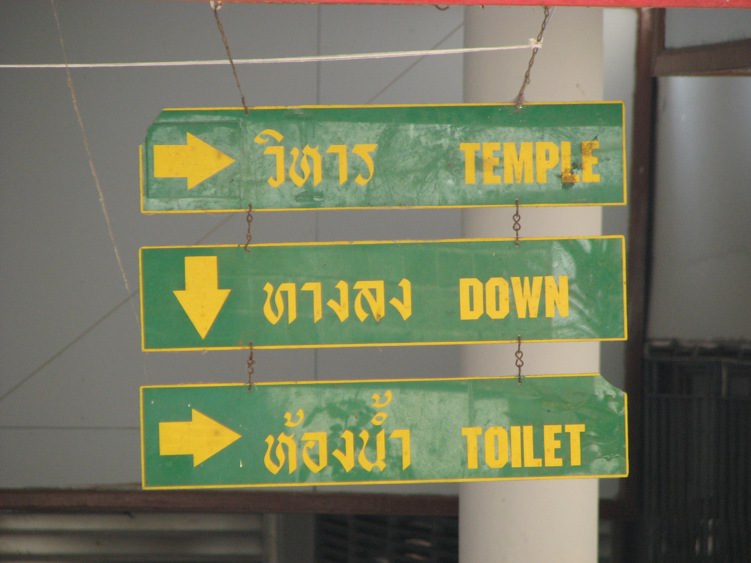Toilets: Creating better Health and Wellbeing Worldwide
There’s no doubt you’ll come across new, different and peculiar customs while travelling abroad. In particular, when it comes to experiencing wacky, weird and downright confusing toilets around the world. Some types of toilets allow you to linger comfortably, while others require hip flexibility and perfect accuracy in order to avoid getting too close for comfort with your personal waste. Not only that, the cleanliness, hygiene, plumbing process and sanitation systems can vary from place to place and country to country. The shape and function of different facilities can differ, same goes with the disposal of toilet paper and positioning on the loo.
This 19th November is World Toilet Day, an annual global event organized by UN Water to raise awareness of the crucial role that sanitation plays in reducing disease and creating healthier communities.
Our awareness of these different types of toilets around the world can mean the difference between education and unawareness, wellbeing and illness but also wealth and poverty. From preventing illness to fostering education, building more awareness can keep people healthier for longer, especially when 1 in 3 people worldwide don’t have access to hygienic toilet facilities. For some, a toilet isn’t just a toilet - it’s a lifesaver, dignity-protector and opportunity-maker.

Before we get into it – let’s get it all out on the table - loo, lavatory, latrine, bathroom, rest room, powder room, outhouse, water closet (WC) and toilet. Same meaning with very different protocols around the world! Below we go through the different types of toilets you may come across on your travels around the world.
Europe, Oceania & America
All of these regions predominately use the traditional American or ‘Western’ porcelain style loo, with the differentiation of perhaps pulling at a cord instead of using a push button. Or in some cases one button over another like half flush or full flush. Did you know Australia invented the dual flush system? The distinct difference between the three continents, is the European style toilet, which will likely have a bidet feature beside it (originating in France in around 1600.) The bidet is used post toilet routine for cleanliness, and they can come in the form of hose, basin and tap.
See it for yourself in Europe with our many tours available.
Latin America
WC’s in Latin America and South America vary – with the majority hosting the ‘Western’ style porcelain toilet. The biggest difference is that you’re not supposed to flush the toilet paper, it’s not allowed because the system just can’t process the paper, causing clogs and severe plumbing issues even in the cosmopolitan cities. There is often a waste bin next to the toilet for you to dispose of your paper post routine.
Why not experience it in Latin America & South America?
Africa & Asia
In most parts squat lavatories are predominately used, with ‘Western’ style porcelain toilets in metropolitan cities. With the squat method, while technically any hole in the earth would work (and sometimes that’s literally all they are), they’re typically made of porcelain, stainless steel, metal, plastic, or concrete. Be aware that it’s rare to find toilet paper in these, so we advise carrying tissues with you, just in case. You might also find that some places ask you to pay a small amount of money to use their facilities. This money is generally used to pay for the person who is in charge of cleaning the bathroom. For this reason, it’s good to travel with small denominations of cash. Also, in South Africa, where water restrictions are tight, you will often see signs urging you to consider your flushing needs, using the slogan “If it’s yellow, let it mellow! If it’s brown, flush it down!”.
Let’s take you to Africa and Asia!

India
Latrines in India vary greatly. Public toilets are more equipped in major cities, the cleanest are often at modern restaurants (catering to tourists) and shopping malls. Beyond urban areas, latrines tend to be ‘long drop’ and/or squat style, and less well looked after. Most will have a simple bucket filled with water and jug for you to flush away your business. Finding toilet paper can be few and far between latrines as locals tend to use water rather than paper. It’s highly advisable to carry hand sanitiser for you to clean your hand afterwards, as soap is rarely provided in public toilets.
Come with us to India.
Middle East
In the Middle East you’ll find an array of squat and ‘Western’ style rest rooms. Something to keep in mind while travelling to countries where the faith is predominately Islamic, there are a few customs you should keep in mind. First of all, you’re advised to enter the rest room with your left foot. You might hear locals whispering before entering, don’t be alarmed, they’re reciting a script from the Qur’an seeking protection and refuge from Allah. While on the toilet, one must remain silent and not converse with anyone else and cleaning afterwards must always be with the left hand. When leaving the rest room, you should lead with your right foot. It’s always a good idea to carry toilet tissue with you as facilities can vary.
Japan
There are two types of washroom’s available in Japan, one is the squat style which is used mostly in public amenities and the other one is the bidet style which is similar to the European style – but with a lot more features. Some common features found in Japanese toilets include bidet washing, seat warming, auto-close lids, built-in Bluetooth speakers, built-in dryer and deodorization. It’s safe to say the Japanese will go to great lengths to disguise any sound built up in the bathroom. Without a doubt Japan has the most elaborate style of washroom’s in the world – needless to say – it’s something you need to see to believe.
But let’s not get too bogged down in all the intricate ways each continent uses toilets around the world. Instead of feeling uncomfortable talking about our bowel movements, let’s talk more openly about the role toilets play in our worldwide health and well-being.
Lexi is your ultimate wanderlust enthusiast with an incurable case of curiosity and a deep passion for action on climate change. You can read more of her work www.avaycay.com. Find her on Facebook or Instagram @avaycay.






